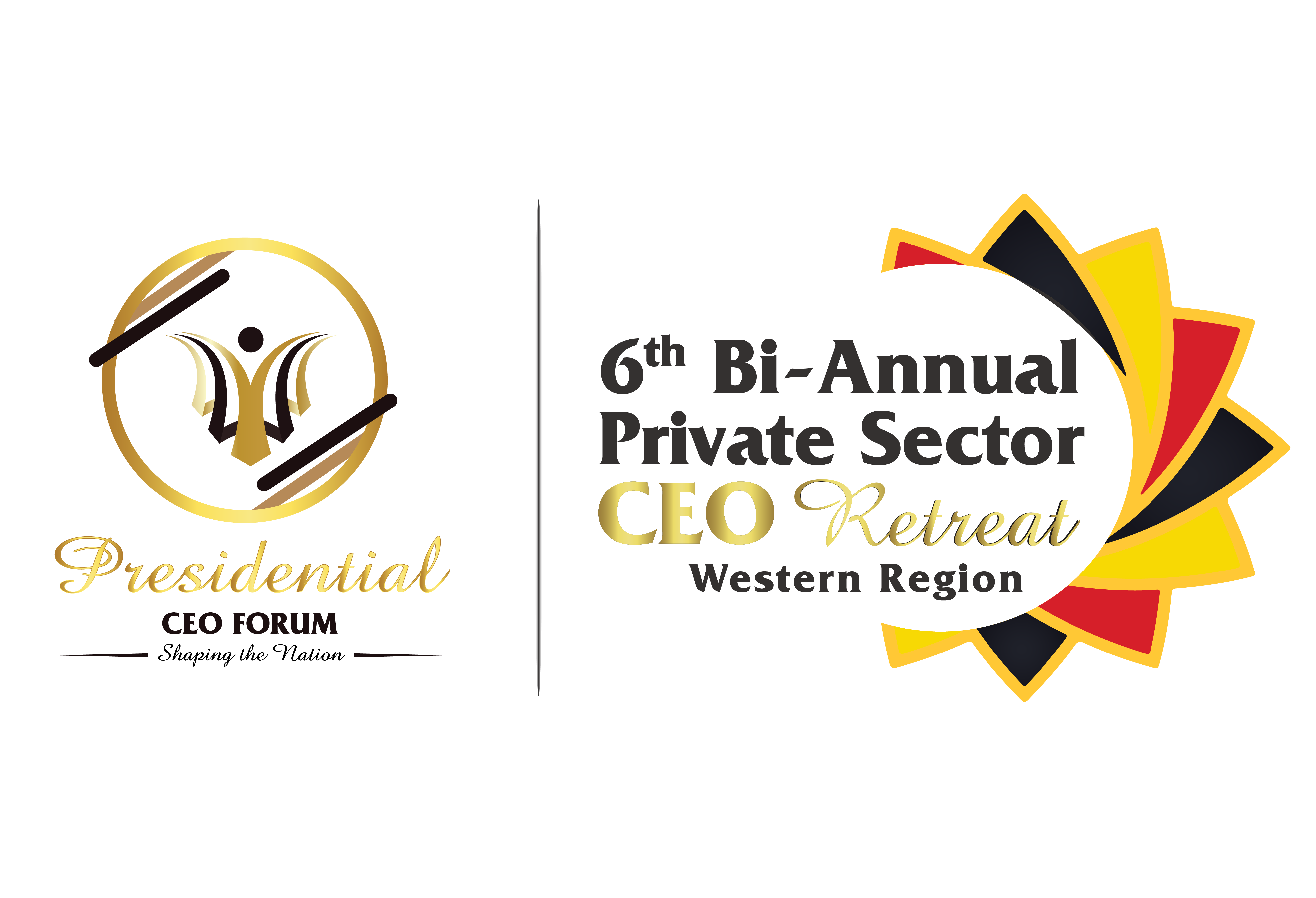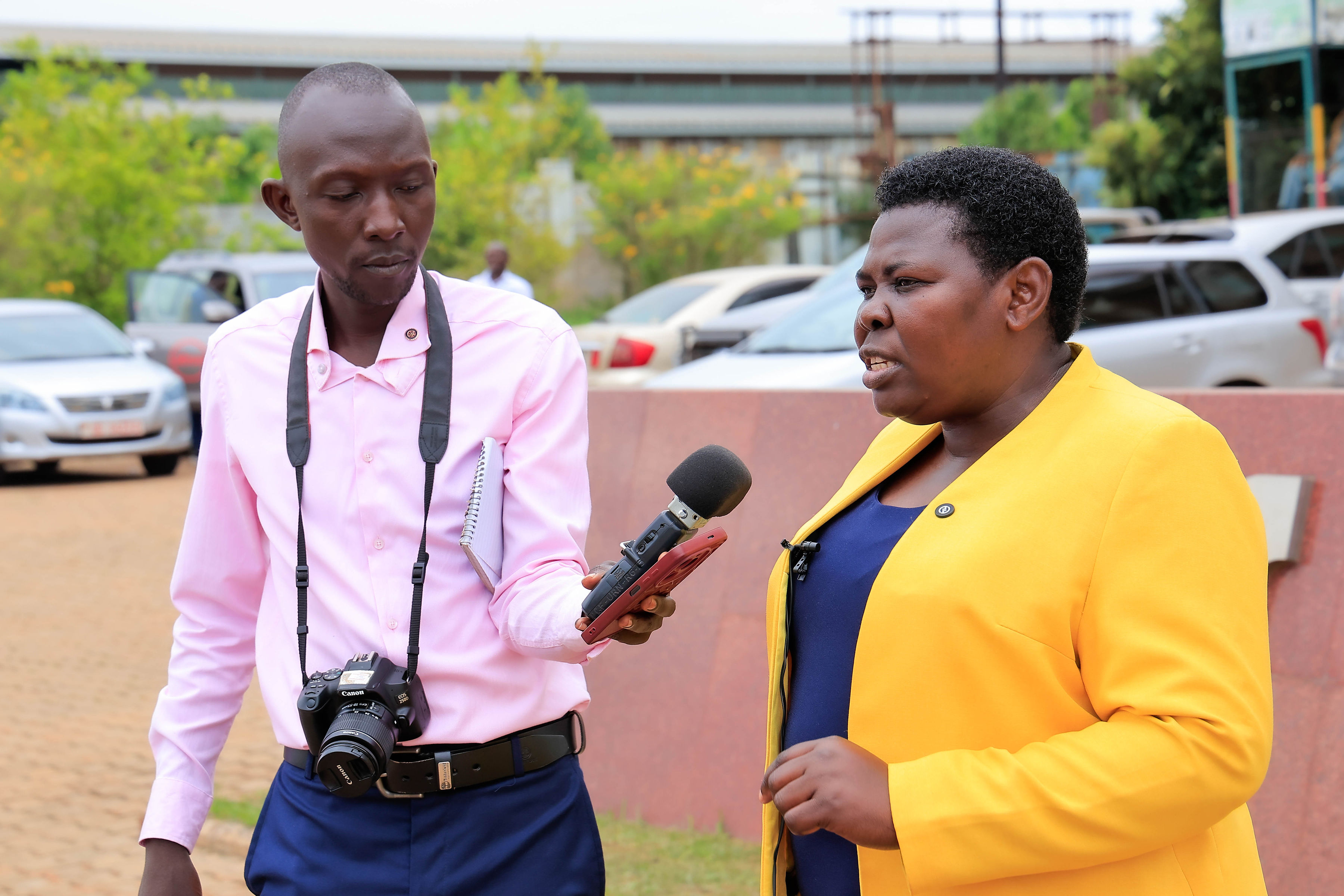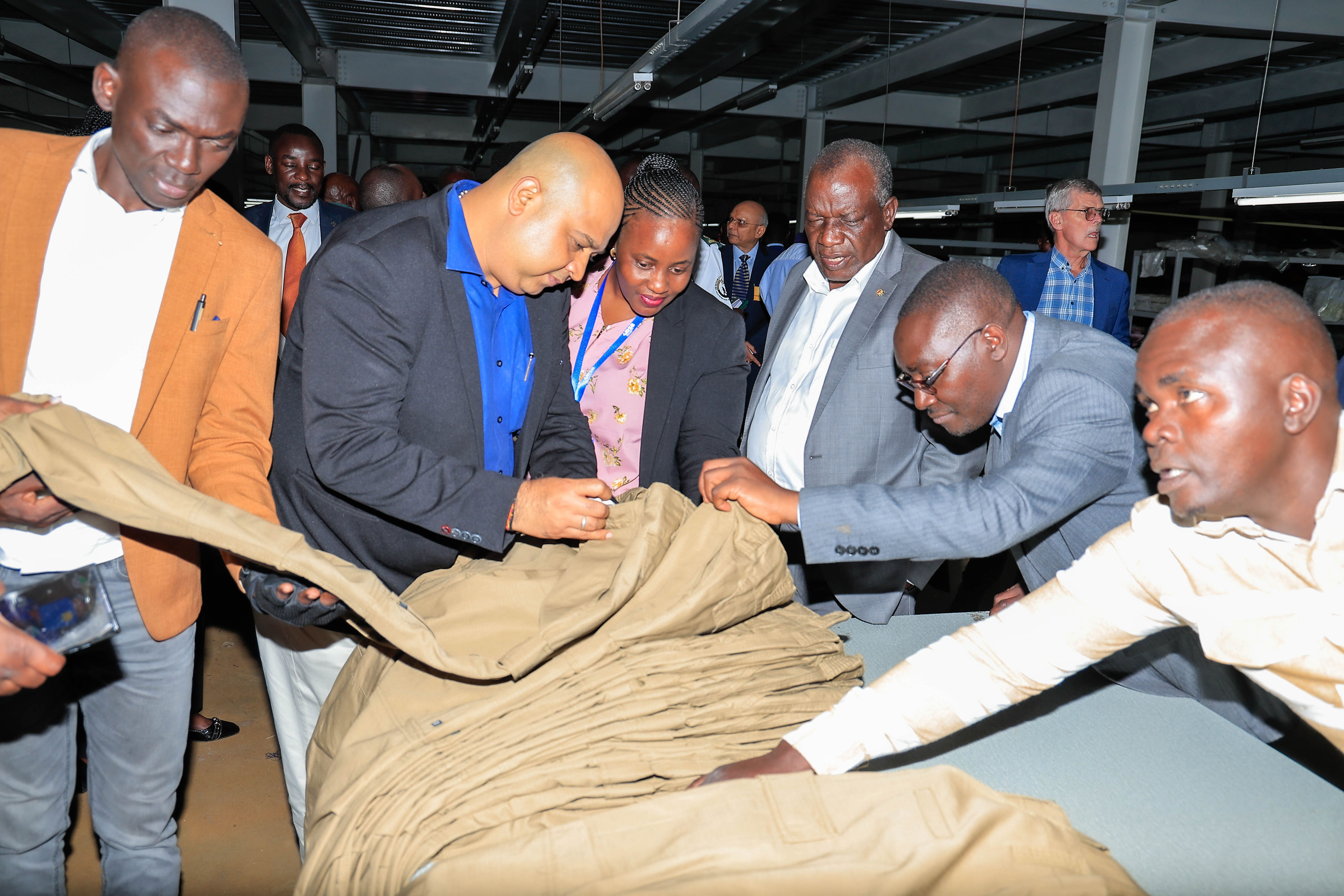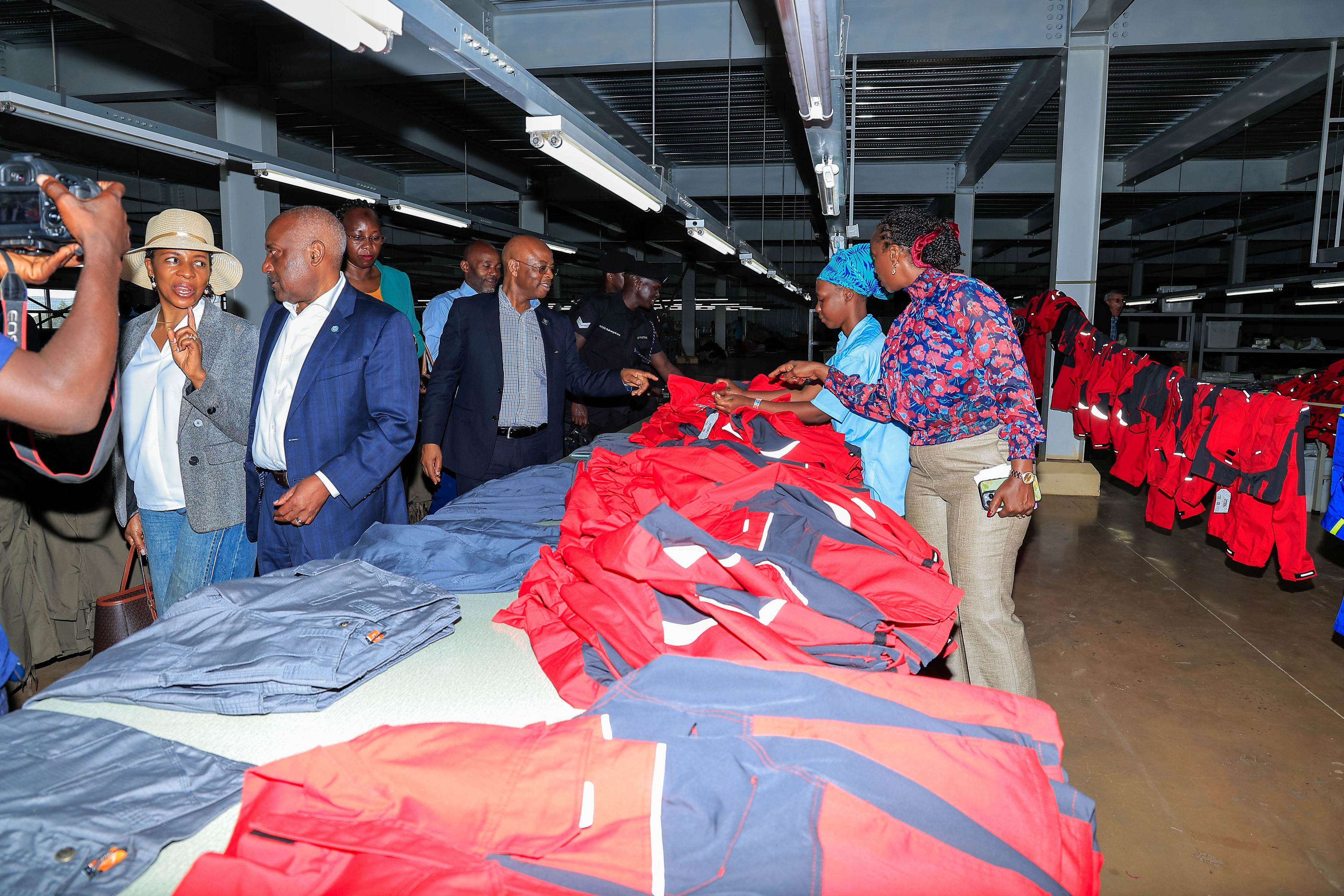DR. ROSE NAMAYANJA NSEREKO CHAMPIONS UGANDA'S TRANSFORMATION JOURNEY THROUGH STRATEGIC COMMUNICATION AND INCLUSIVE DEVELOPMENT DURING THE INAUGURAL INFORMATION TOUR AT KAPEEKA INDUSTRIAL PARK ON FRIDAY, 17TH OCTOBER 2025
At the launch of the Industrial Park Information Tours in Kapeeka, Dr. Rose Namayanja Nsereko, Deputy Secretary General of the National Resistance Movement (NRM), delivered a comprehensive address that traced Uganda's economic evolution from colonial dependency to modern industrial success. Her speech emphasized the three foundational pillars of the NRM government: regional integration, socio-economic transformation, and democratic governance.
Regional Integration and Infrastructure Development
Dr. Namayanja began by highlighting President Museveni's commitment to regional integration and Pan-African initiatives, noting that while Uganda is significant as a nation, the market of East Africa is even bigger. She emphasized how this vision has driven massive infrastructure development, particularly road construction that now connects Uganda from border to border with tarmac roads. "It's not just about convenience; it's to facilitate production and market access," she explained, underscoring the strategic importance of connectivity in unlocking economic potential.
Socio-Economic Transformation Through Inclusive Programs
The Deputy Secretary General outlined the NRM's approach to socio-economic transformation, describing the party's mission to move Uganda from a subsistence to a money economy. She highlighted flagship programs, including Universal Primary Education (UPE) and various wealth creation initiatives, emphasizing the NRM's identity as a mass party—a people's party focused on inclusion. Dr. Namayanja detailed the party's inclusive philosophy through its Luganda slogans: "Bona Basome (education for all), Bona Bagagawale (wealth for all), Bona Bakyale (empowerment for all women), and now Bona Bakole under the Parish Development Model (PDM)." She revealed that PDM alone has reached over 3.5 million households, calling this what transformation looks like.
Democratic Governance and Constitutional Framework
Addressing the third pillar of democracy, Dr. Namayanja traced Uganda's participatory governance system back to the liberation struggle, noting how Resistance Councils (RCs) evolved into today's local council system. She referenced Article 2 of Uganda's Constitution, which states that "all power belongs to the people," emphasizing that democratic participation begins at the grassroots level. This foundation, she argued, forms the basis of the Uganda Development Model—a systematic approach of identifying problems, building an ideology, and implementing it through structured programs.
Dr. Namayanja provided a historical timeline of Uganda's economic development, dividing it into four distinct periods: the pre-independence agrarian economy serving colonial interests (pre-1962), the period of optimism and nationalization (1962-1971), the era of turmoil and economic collapse (1972-1986), and the current period of recovery, liberalization, and transformation (1987-present).
She highlighted key achievements of the Economic Recovery Program of 1987, noting that Uganda successfully liberalized, privatized, and stabilized its economy—reducing inflation from over 200% to single digits. Today, she emphasized, Uganda enjoys macroeconomic stability, fiscal discipline, and a flexible exchange rate regime.
Kapeeka as a Model of Transformation
Using Kapeeka Industrial Park as a concrete example of Uganda's transformation, Dr. Namayanja noted how the area evolved from "a war zone" to "a hub for industry and innovation." She reported that the park has created over 16,000 direct and indirect jobs while spurring community development through increased land values and thriving businesses. She praised General Salim Saleh's vision and President Museveni's commitment to industrialization, citing factories like Goodwill Ceramics as proof that import substitution and export promotion are achievable goals.
In her concluding remarks, Dr. Namayanja identified communication as one of our biggest challenges as leaders, noting that misinformation often spreads faster than truth when the government remains passive. She announced a strategic initiative beginning the following week: regular engagements between government and the private sector — to share information, profile our gains, and ensure that the public understands the progress Uganda has made.
"We must tell our story better," she declared, "because it's on these achievements that Uganda will move to middle-income status and beyond." This call for strategic communication reflects her broader vision of ensuring that Uganda's development narrative is accurately conveyed to both domestic and international audiences.
Through her comprehensive address, Dr. Namayanja positioned Kapeeka's success within Uganda's broader transformation journey, demonstrating how systematic policy implementation, inclusive development, and effective communication can drive sustainable economic growth and social progress.





